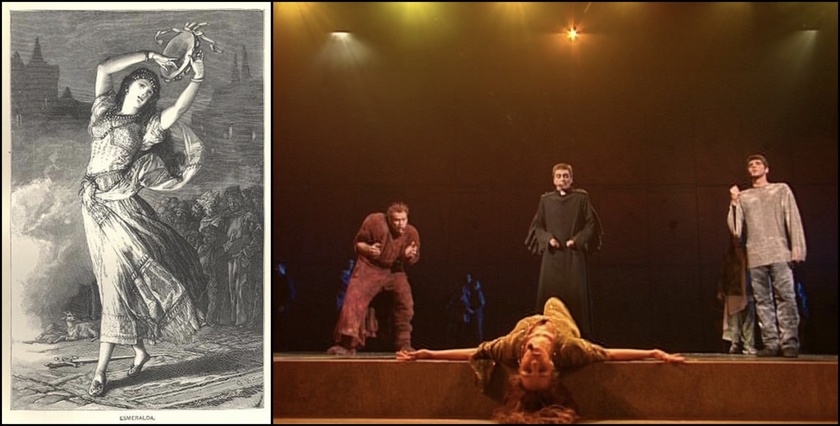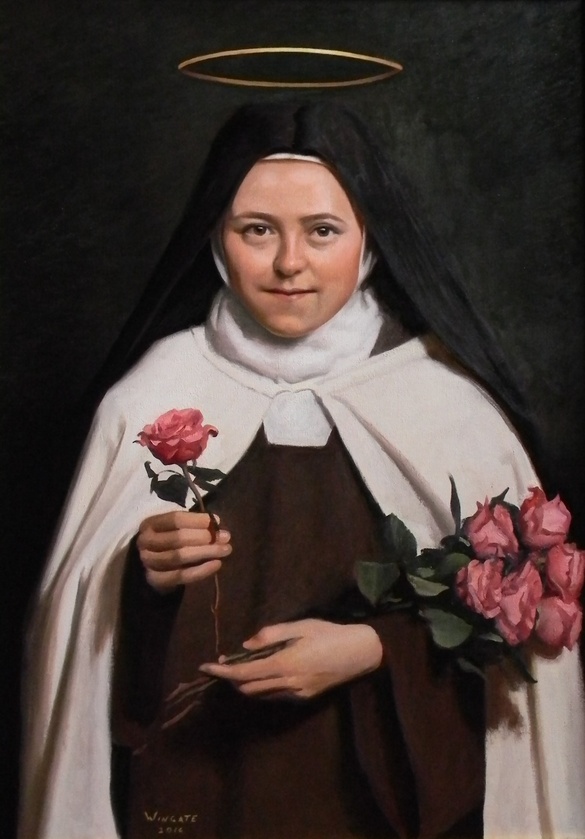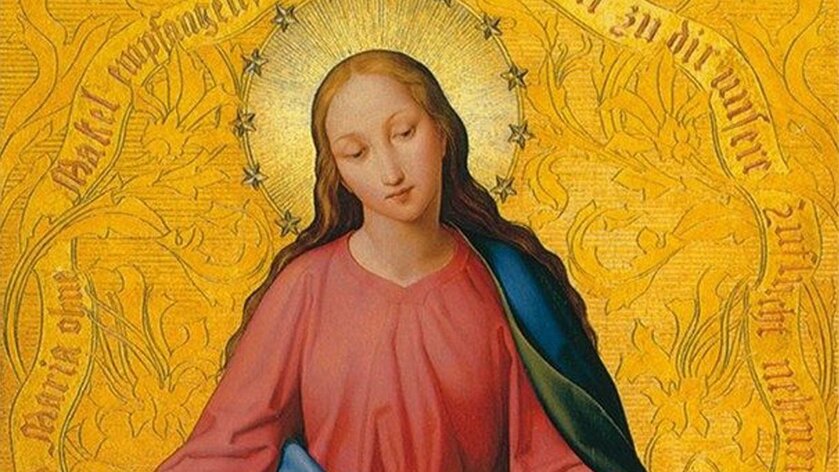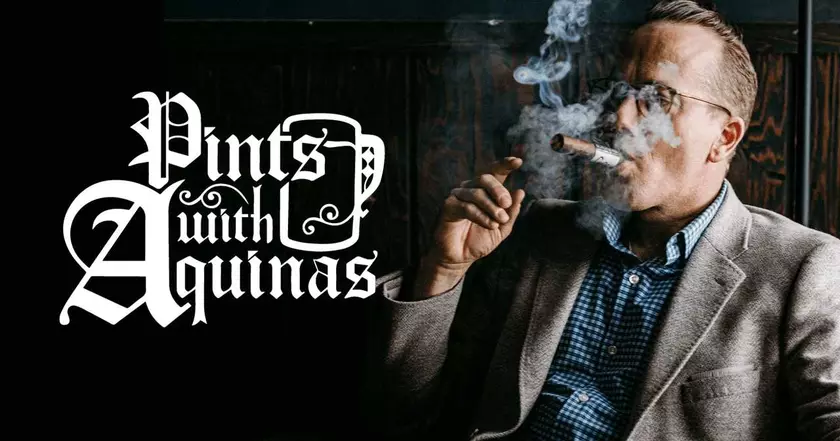Pop-Cultured Catholic #11: Discerning the Healthiest View of Romantic Love and Desire in “The Hunchback of Notre Dame”
For this weekend and the next, I have planned to finally write out the first two posts I have been wanting to share on one of my favorite stories of all time, “The Hunchback of Notre Dame”. In particular, I have been a huge fan of the Victor Hugo novel originally titled “Notre-Dame de Paris”, its animated 1996 musical adaptation by Disney, and Disney’s stage play versions of their animated musical.
The story revolves around a Romani dancer named Esmeralda, whose beauty and personality draw the hearts of many men in Paris, most notably the deformed bellringer Quasimodo, the handsome captain of the guard Phoebus, and the corrupt religious minister Claude Frollo. In fact, the story’s original title translates to “Our Lady of Paris”, which has a double meaning in reference to both Esmeralda and Notre Dame cathedral itself. Victor Hugo originally framed them as his story’s two main characters, and it was later retitlings/adaptations that put more emphasis on Quasimodo’s side of the story.
There are multiple themes across the different versions of this story, which deeply resonated with me. They include prejudice, the plight of society’s outcasts, inner versus outer beauty, the potential for corruption among societal/religious elite, trying to find faith in God amidst brutal times, the historical significance of Notre Dame cathedral which ought to be preserved, and so on. But perhaps the most prominent theme is how people can differently react to unrequited romantic longings plus the dangers of having warped attitudes towards romance and sexuality.
To discern the healthiest view of romantic love and desire, thus dissecting one of the story’s biggest themes, I shall summarize and judge Esmeralda’s differing relationships with Claude Frollo, the novel version of Phoebus, Quasimodo, and the Disneyfied version of Phoebus. And here below are my critiques…
1.) Archdeacon/Judge Claude Frollo
It is easy to conclude that Claude Frollo harbors the worst attitude towards Esmeralda, out of the four male characters here. Frollo is a corrupt archdeacon (or religious judge in some adaptations), who harbors a Puritanical mindset, a prejudice towards the Romani people, a pharisaical pride, and an unwillingness to take responsibility for his faults or consider Esmeralda’s wellbeing over his own. Once he finds himself madly infatuated with Esmeralda, he longs to either make her his own or have her executed as a witch to "free" himself. While Frollo has varying degrees of tragic, sympathetic, and initially good-hearted qualities (depending on which version of the story it is), he is always a villain by the end. His lust, jealousy, hypocrisy, projected self-loathing, and downward spiral into madness drive the plot, leading to much death and destruction.
Frollo embodies the harm of acting on romantic interests with jealousy and possessiveness, plus seeing sexuality as something to be feared and repressed, lest one sinfully indulges it as their only alternative. His view of Esmeralda fits the latter part of the “Madonna–whore complex”, reducing the young woman down to just her sexuality, then further reducing her sexuality into either a temptation from Satan to be defeated or a source of personal happiness he cannot live without. His song in the Disney adaptations, “Hellfire”, illustrates this vividly.
2.) Captain Phoebus de Châteaupers (Novel Version)
While the book version of Phoebus is not the main villain catalyzing the plot’s events nor actively persecuting Esmeralda, he too is an antagonist responsible for Esmeralda’s plight and motivated by a brand of “lust at the expense of love”. The knight misuses his outward beauty and masculine charms in order to seduce women, leave them, and then move on to the next. To him, Esmeralda is merely his latest “fix” to pursue, even as he is betrothed to the noblewoman Fleur-de-Lys de Gondelaurier. Phoebus gradually manipulates Esmeralda into laying with him, only being stopped at the last moment when Frollo stabs him in a jealous rage. Phoebus survives, but he would rather abandon Esmeralda to be executed on false charges of witchcraft and attempted murder than vindicate her, just to keep his womanizing behavior swept under the rug. Esmeralda holds out hope that Phoebus will come to her aid, while he is indifferent to her and couldn't care less about her fate. Upon recovering, he even rides in to help slay the rioters who are trying to save Esmeralda. In the end, his only comeuppance is the narrator’s implication that his vices will doom him to an unhappy marriage.
While Frollo harbors the mindset of a repressive and misogynistic Puritan, the book's Phoebus embraces a hedonistic “Playboy” mentality towards women, which is also dehumanizing. And while Phoebus does not hate Esmeralda like Frollo does, he exhibits a callous indifference to her, which some argue is even more an opposite of love than hate. Jesus has even said to some saints that the indifference and stagnation of “lukewarm” souls often wound his heart more than the sins of those who directly oppose him. Not to mention Revelation 3:15-16, “I know your deeds, that you are neither cold nor hot. I wish you were either one or the other! So, because you are lukewarm—neither hot nor cold—I am about to spit you out of my mouth”. It is for similar reasons that some fans find the book's Phoebus to be even more unlikeable than the book's Frollo, despite the latter committing objectively far worse actions. The former's lack of care whatsoever ensures that he pretty much has no redeemable qualities, which even the latter exhibits at points.
3.) Quasimodo the Hunchbacked Bellringer
Quasimodo is the first character listed here to harbor a more genuine and loving attitude towards Esmeralda, though it is not perfect. After Esmeralda shows Quasimodo compassion, while he is beaten and humiliated at the pillory, the hunchback becomes infatuated with her too. Later on, he returns the favor by saving Esmeralda from her execution attempt and offers her sanctuary in Notre Dame, where he does all he can to take care of her. In the meantime, he looks up to her as this paragon of virtue, whom he is forever indebted to and whose affections he hopes to earn. When Esmeralda does not requite his more childlike and innocent crush, he continues to selflessly serve and protect her. In the novel, Quasimodo falls into despair when Frollo orchestrates Esmeralda’s recapture and successful second execution attempt. He angrily throws Frollo off the cathedral and lies next to Esmeralda’s corpse until he himself dies. In the Disney animated film, he has a much happier ending. Not only does Esmeralda survive. But Quasimodo also learns that his love for Esmeralda can work beautifully as a mutual platonic friendship, even if they are not meant to be romantic partners.
Quasimodo’s attitude towards Esmeralda is the equal and opposite to Frollo’s, which is positive in many areas, but also harbors some opposite flaws that would still impede a healthy romantic relationship. Quasimodo and Frollo both grow up in isolation with only each other as company, until their obsessions with Esmeralda form. In contrast to Frollo, Quasimodo looks up to Esmeralda as this Madonna figure and angel of light above him, illustrated by Disney's lyrics in “Heaven’s Light”. While coming from a place of genuine admiration and care, rather than objectifying her, it is still not exactly a realistic and grounded view of her either. One important component of a healthy romantic relationship is for both people to be on similar levels of maturity and agency, so they can work together as a complementary team. Also, while Frollo decides he cannot live without her romantic affections in that “she will be mine or she will burn” kind of way, Quasimodo struggles to live without having Esmeralda in his own way. This culminates in him either dying in Esmeralda’s tomb or learning to overcome his initial heartbreak by evolving his romantic attachment into a friendship.
4.) Captain Phoebus de Châteaupers (Disneyfied Version)
Finally, we have the Disneyfied version of Phoebus, whose role in the story and attitude towards Esmeralda is an idealized blending of different traits from both the novel Phoebus and another character from the book named Pierre Gringoire (whom I am not covering in this post but am indirectly representing here). Like Phoebus’s primary role in the novel, the Disney Phoebus is a dashing knight whom Esmeralda eventually falls for, thus highlighting Quasimodo and Frollo’s unrequited feelings for her. Due in part to the elements blended from Gringoire, though, the Disneyfied Phoebus is a far more respectable character. He shares Esmeralda’s empathy with the downtrodden and risks his own life to fight for her. Esmeralda and Phoebus in the Disney version are on equal footing with each other and harbor a mutual physical attraction. That is, in which Phoebus recognizes and subtly acknowledges Esmeralda’s desirability, while still viewing it in proportion with her full dignity as a human being. Between this version of Phoebus being a composite character and Disney’s animated adaptation going for a happier ending, he and Esmeralda become a couple by the end.
Frollo saw Esmeralda as a witch in league with the Devil, the book Phoebus saw her as a toy to briefly play with, and Quasimodo saw her as a heavenly angel, but the Disneyfied Phoebus saw Esmeralda as a human being equal in dignity and agency to himself. I always felt this observation sums up the biggest reason why the Disneyfied Phoebus is an ideal romantic match for Esmeralda. I enjoy that version of Phoebus and agree with some people that he is even a bit underrated, as a male Disney hero in his own right.
Those are my thoughts. If anyone would like to (re)watch the Disney film’s clips of “Heaven’s Light” and “Hellfire” or even check out Alan Menken’s intriguing prototype to what would become the “Hellfire” we know, here are the links below:
1.) Quasimodo's "Heaven's Light" Song
https://www.youtube.com/watch?v=vY86FuW36EY
2.) Claude Frollo's "Hellfire" Song
https://www.youtube.com/watch?v=JkGb6DlbcD0
3.) "Hellfire (Demo) (Remastered 2021)"
https://www.youtube.com/watch?v=J35C7A7TSlw





























